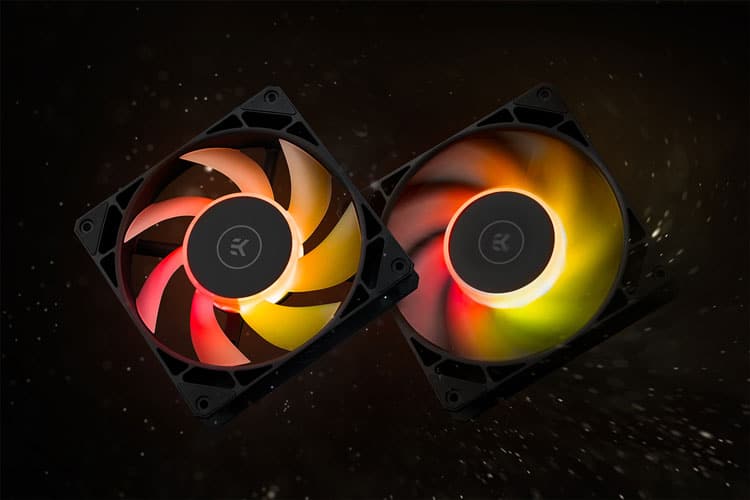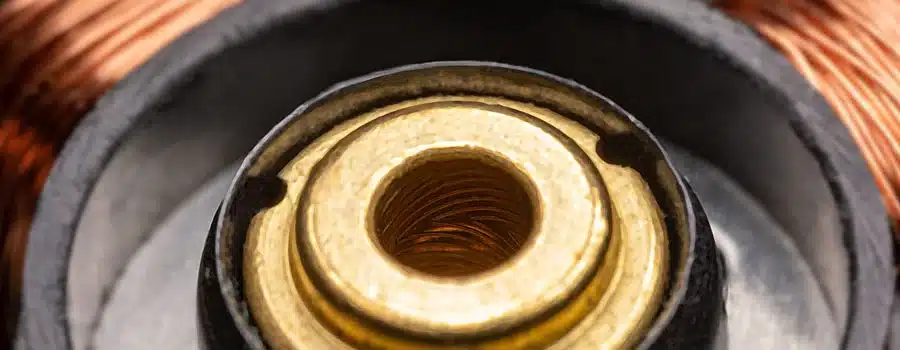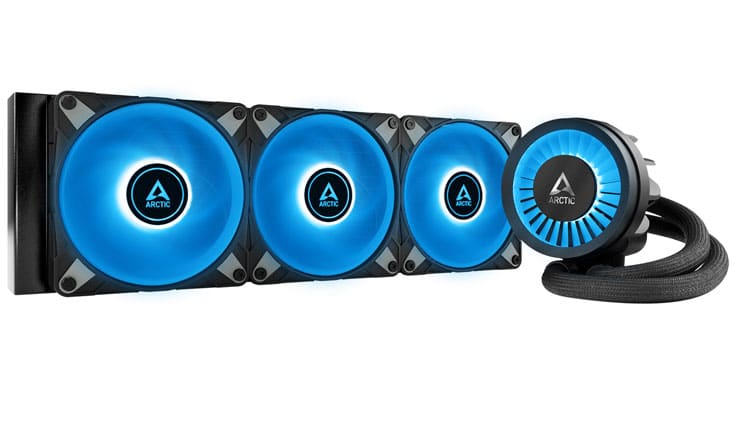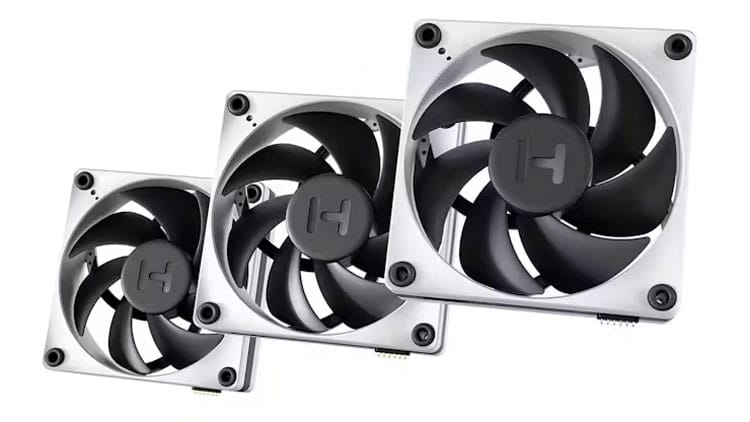Epilogue
The EK Loop Fan FPT 140 D-RGB didn’t impress me enough to give him a recommendation badge, as its small brother did. I expected higher performance at low speeds, mostly in static pressure. The fan’s blades and frame combination create increased noise, so in the normalized noise tests, the low speeds cripple performance. Other 140mm fans are more noise-efficient, meaning that they spin at higher speeds for the same noise output, delivering higher airflow and static pressure.
Performance is pretty good at full speed, but few users can tolerate 45 dBA for prolonged periods. After all, you buy 140mm fans, instead of 120mm ones, to have high airflow and low speeds and not to have them operate at full speed all the time unless you want extreme airflow and static pressure performance.
EKWB is among the few brands I have encountered so far, providing highly accurate performance figures even at noise output, and I have to praise its people for that. I am used to “marketing” numbers, so when I see a product providing accurate performance data, I cannot help but emphasize it.
If you only want increased airflow (CFM), don’t care much about static pressure, and plan on operating the fan at moderate speeds, you could look at the EK Loop Fan FPT 140 D-RGB. Its primary asset is the superb daisy chain feature that EKWB calls EK-OmniLink, which uses Micro-fit 8-pin to pass the power and ARGB signals, so cable clutter is highly reduced. If you need a 140mm fan with high static pressure, look at the SilverStone Shark Force 140 ARGB. The Arctic P14 PWM PST Co also performs well at low and moderate speeds and is highly affordable!
To check all alternative fan offerings, read my Best Cooling Fans article before investing in new cooling solutions. You help me a lot by using my affiliate links, which don’t increase the product’s price. I get a commission from Amazon every time you do it, which can make a difference for me, especially now that I am on my own, working exclusively for my media and not for someone else.
Buy Silverstone Shark Force 140 ARGB
Buy EKWB EK-Loop FPT 120mm
Buy Thermaltake SWAFAN EX 12 ARGB Sync
Buy be quiet! Silent Wings 4 140mm PWM
Buy CoolerMaster MasterFan MF120 Halo
Buy Noctua NF-A12x25 PWM chromax.black
Buy Noctua NF-A12x25 PWM
Buy Noctua NF-F12 PWM
Buy Cooler Master Mobius 120 OC
Buy Phanteks (PH-F120T30_BG) T30-120
Buy Thermaltake SWAFAN EX 12 RGB
Buy be quiet! Silent Wings 4 140mm PWM
Buy be quiet! Silent Wings 4 140mm
Buy Thermaltake TOUGHFAN 12 Pro
Buy XPG Vento Pro High Performance PWM
Buy ARCTIC P12 PWM PST – 120 mm
Buy NZXT AER P – RF-AP120-FP – 120mm
Buy Cooler Master SickleFlow 120 V2 RGB
Buy Thermaltake Pure 14 ARGB
Buy ARCTIC F12 PWM PST
- High airflow and static pressure at full speed
- Daisy chain option (both power and ARGB signal)
- Fluid dynamic bearing for increased lifetime
- PWM control
- ARGB lighting
- Noisy
- Low performance at low and moderate speeds



